Mones
Sorry, this article is only in Czech.
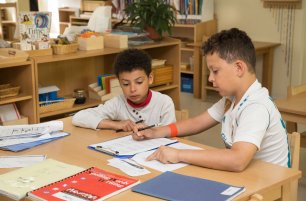
It is no surprise to hear parents expressing doubts about a multi-age classroom, and questioning how children of different ages could work together harmoniously in the same environment, and if there are any benefits to this approach.
Read more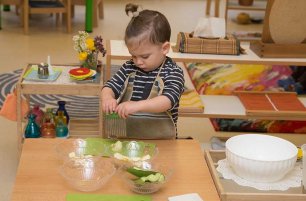
One of the key concepts and skills that Montessori education develops in different ways and from different perspectives through the entire childhood and through the entire educational process is independance.
Read more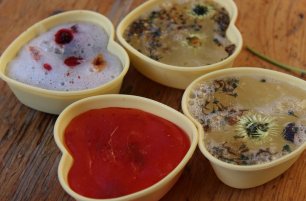
All you will need is 100g of soap, rubber molds, turmeric powder, lemon or orange essential oils, fresh lemon or orange, and a grater or zester.
Read more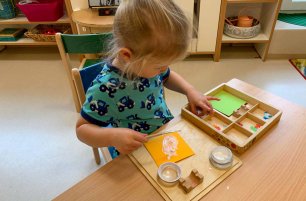
It has always been my priority to bring my kids up to be independent and curious and to treat them as my equal, if somewhat smaller in size; Montessori education therefore held a great appeal when it came to choosing a kindergarten. It has been six months since my daughter, who is just about to turn three, started attending IMSP and it is a joy and a privilege to observe how she thrives and develops.
Read more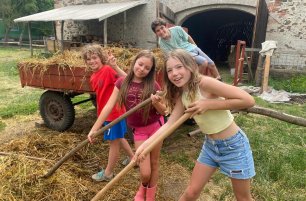
An Essential Element of the Elementary Montessori Student Experience
Read more